Milk candy machines are vital for producing high-quality, consistent products in the confectionery industry. However, like all complex machinery, regular maintenance and timely troubleshooting are necessary to ensure optimal performance, reduce downtime, and extend the lifespan of the machines. Neglecting maintenance can result in operational inefficiencies, poor product quality, and costly repairs.
This article will provide a comprehensive guide on the key components of milk candy machines that require regular maintenance, essential tools for upkeep, preventative maintenance practices, and troubleshooting common issues that may arise during operation.
Key Components of Milk Candy Machines That Require Regular Maintenance
Proper maintenance of specific machine components is crucial to maintaining consistent production quality and efficiency. Below are the key components that need attention:
| Component | Maintenance Requirement |
|---|---|
| Heating Elements | Regular inspection and calibration to ensure proper heat distribution for even cooking. |
| Mixing and Molding Systems | Lubrication and cleaning of mixing blades and molding cavities to prevent clogging and wear. |
| Cooling Systems | Checking coolant levels and cleaning fans to prevent overheating and ensure uniform cooling. |
| Electrical Systems | Inspecting wiring, control panels, and sensors to avoid malfunctions and ensure proper operation. |
| Belts and Motors | Regular lubrication and tension adjustments to maintain smooth operation and prevent slippage. |
Heating Elements
Heating elements are responsible for maintaining the correct temperature during the candy-making process. Regular inspection is necessary to ensure that the heating elements are functioning correctly, as uneven heating can affect the quality of the final product. If there are any signs of wear or malfunction, they should be replaced promptly.
Mixing and Molding Systems
The mixing and molding components play a crucial role in achieving the desired texture and shape for milk candies. These systems require regular cleaning to prevent residue buildup, which can clog the machine or affect the consistency of the product. Additionally, lubrication of moving parts will reduce friction, ensuring smoother operation.
Cooling Systems
Proper cooling is essential to achieving the right consistency in milk candies. A malfunctioning cooling system can lead to uneven candy texture. It is vital to regularly inspect fans, ensure that coolant levels are adequate, and check for any signs of wear or leaks that could affect the cooling process.
Electrical Systems
Milk candy machines rely on electrical systems for controlling various functions such as temperature regulation, speed control, and mixing. Electrical components, including wiring, sensors, and control panels, need to be regularly checked for faults. Faulty wiring can cause system malfunctions, leading to costly downtime.
Belts and Motors
Belts and motors are responsible for driving various components of the machine. Regular inspection and lubrication of these parts ensure that the machine runs smoothly. Tension adjustments on belts prevent slippage and ensure that the system works efficiently.
Tools and Equipment Required for Maintenance
To keep milk candy machines in optimal working condition, manufacturers must have the right tools and equipment for maintenance. Here are the essential items you'll need:
| Tool/Equipment | Purpose |
|---|---|
| Cleaning Brushes | To clean internal components and remove debris. |
| Lubricants (Oil and Grease) | For lubricating moving parts like motors and belts. |
| Thermometers | To monitor and calibrate temperature settings. |
| Multimeter | To check electrical components and diagnose faults. |
| Spare Parts | Replacement parts such as belts, seals, and heating elements. |
Cleaning Brushes
Cleaning brushes of various sizes are essential for removing dust, residue, and food particles from the internal parts of the milk candy machine. These brushes ensure that no buildup accumulates in the mixing or molding areas, which could hinder the machine’s performance.
Lubricants (Oil and Grease)
Lubrication is critical to reduce friction in moving parts, such as gears, motors, and belts. Using the correct lubricant ensures smooth operation and prevents premature wear of mechanical components. It's important to use food-grade lubricants to avoid contamination.
Thermometers
Monitoring temperature is essential during candy production. Thermometers allow manufacturers to ensure that the machine is operating within the desired temperature range. Regular calibration of temperature settings is crucial for maintaining consistent product quality.
Multimeter
A multimeter is a versatile tool used to check the electrical components of milk candy machines. It helps troubleshoot electrical issues such as faulty wiring or sensor malfunctions by measuring voltage, current, and resistance.
Spare Parts
Having a stock of essential spare parts, such as belts, seals, heating elements, and fuses, on hand is crucial for minimizing downtime. When parts wear out, they should be replaced immediately to avoid more significant issues later on.
Preventative Maintenance Practices
Preventative maintenance involves routine activities that help avoid major issues and extend the lifespan of the machine. Below are some key practices:
| Practice | Benefit |
|---|---|
| Daily Cleaning and Inspection | Prevents the buildup of residue and ensures no immediate issues are overlooked. |
| Lubrication of Moving Parts | Reduces wear and tear, improving the efficiency and lifespan of the machine. |
| Regular Calibration | Ensures consistency in temperature, mixing speed, and molding accuracy. |
| System Inspections | Early identification of potential problems reduces unexpected breakdowns. |
Daily Cleaning and Inspection
Daily cleaning after each batch of candy production helps avoid residue buildup in mixing chambers, molding systems, and other components. During cleaning, it’s also important to perform a quick inspection to ensure that there are no visible issues such as leaks or wear.
Lubrication of Moving Parts
As part of the daily maintenance, ensure that all moving parts such as gears, motors, and belts are lubricated. This minimizes friction and prevents the parts from overheating or becoming damaged.
Regular Calibration
Temperature, mixing speed, and molding systems should be calibrated regularly to ensure that the machine operates according to specifications. Calibration ensures the consistency of candy texture and prevents production errors.
System Inspections
Routine system inspections, including checking the electrical system, cooling system, and heating elements, can help identify any developing issues before they lead to machine failure. It’s best to address small issues immediately rather than waiting for them to escalate.
Troubleshooting Common Issues with Milk Candy Machines
Even with regular maintenance, milk candy machines may encounter issues. Below are some common problems and troubleshooting steps:
Inconsistent Texture
If the texture of the milk candy is inconsistent, the most likely cause is incorrect temperature control or improper mixing speed. Ensure that the temperature is within the desired range and that the mixing speed is calibrated according to the product specifications.
Overheating
Overheating of the machine often occurs when the heating elements are not functioning correctly or the system is not calibrated properly. Inspect and replace any faulty heating elements, and recalibrate the system to ensure accurate temperature control.
Machine Jamming
Jamming is often caused by material buildup in the molding or cooling system. Regular cleaning of these parts will prevent blockages. Ensure that cooling fans are working correctly and that no excess material is clogging the system.
Electrical Failure
Electrical issues, such as a malfunctioning control panel or faulty wiring, can cause system failures. Inspect the wiring and control panel for any visible damage, and test the sensors to ensure they are functioning correctly.
Troubleshooting Guide for Common Issues
| Problem | Possible Cause | Solution |
|---|---|---|
| Inconsistent texture | Incorrect mixing speed or temperature settings | Adjust mixing speed or re-calibrate temperature control. |
| Overheating | Faulty heating element or poor temperature control | Inspect and replace heating element; recalibrate temperature settings. |
| Jamming | Material buildup in molds or cooling system | Clean the molding and cooling systems. |
| Electrical failure | Faulty wiring or control panel malfunction | Inspect wiring and reset or replace control panel. |
Regular maintenance and prompt troubleshooting are key to ensuring the smooth operation of milk candy machines. By focusing on key components such as heating elements, mixing systems, and electrical controls, manufacturers can avoid costly breakdowns and maintain consistent production quality.
By investing in proper maintenance tools, implementing preventative practices, and knowing how to troubleshoot common issues, you can significantly reduce machine downtime and increase the longevity of your equipment.
For more information on high-quality milk candy machines, visit Jiangsu Flying Dragon Food Machinery Co., Ltd.. Our machines are designed to offer both precision and efficiency, making them an excellent choice for your candy production needs.


 ENG
ENG
 English
English 中文简体
中文简体 русский
русский Français
Français Español
Español عربى
عربى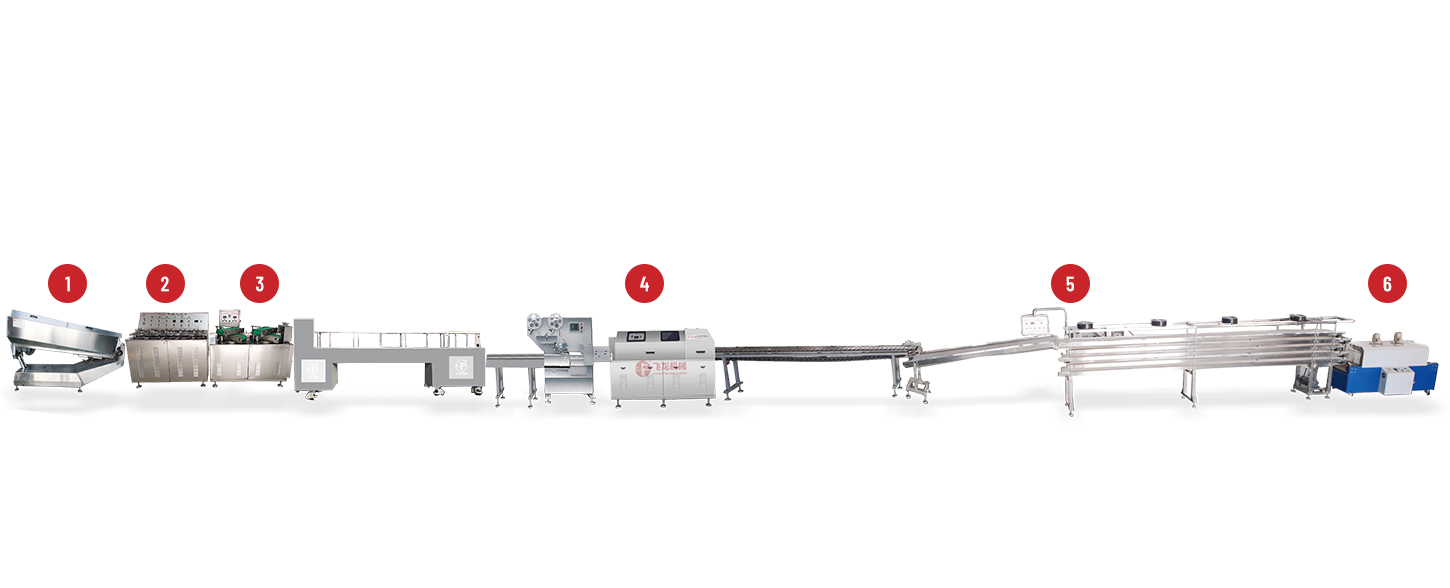
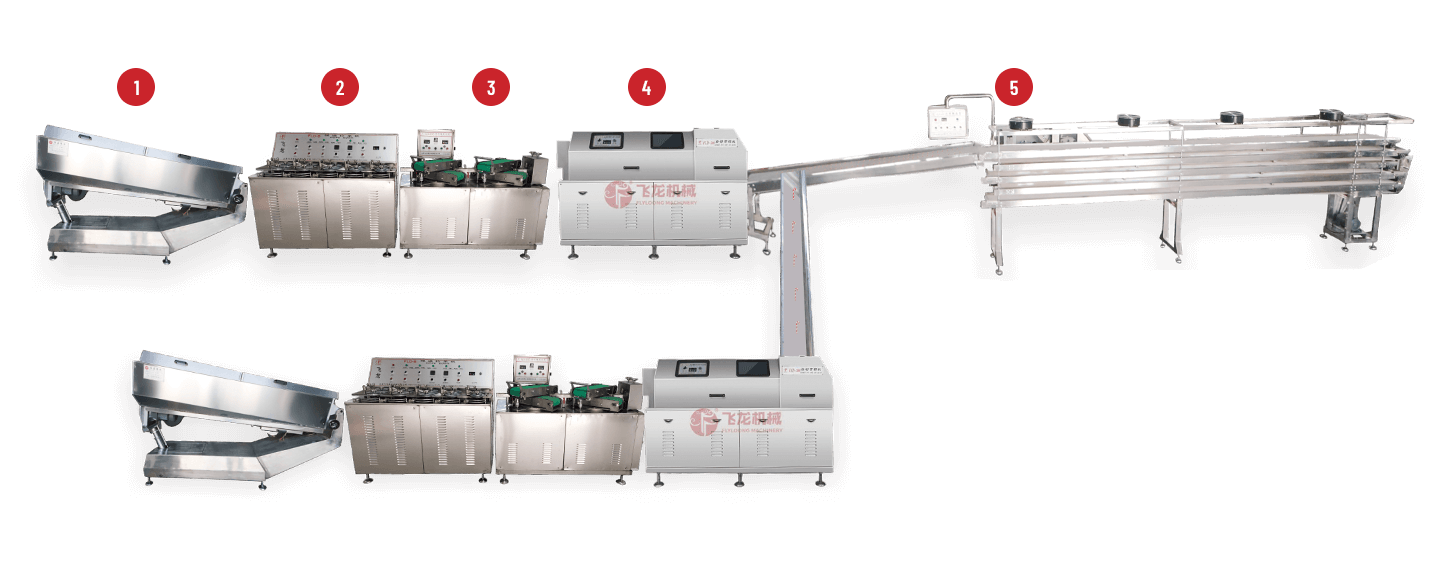
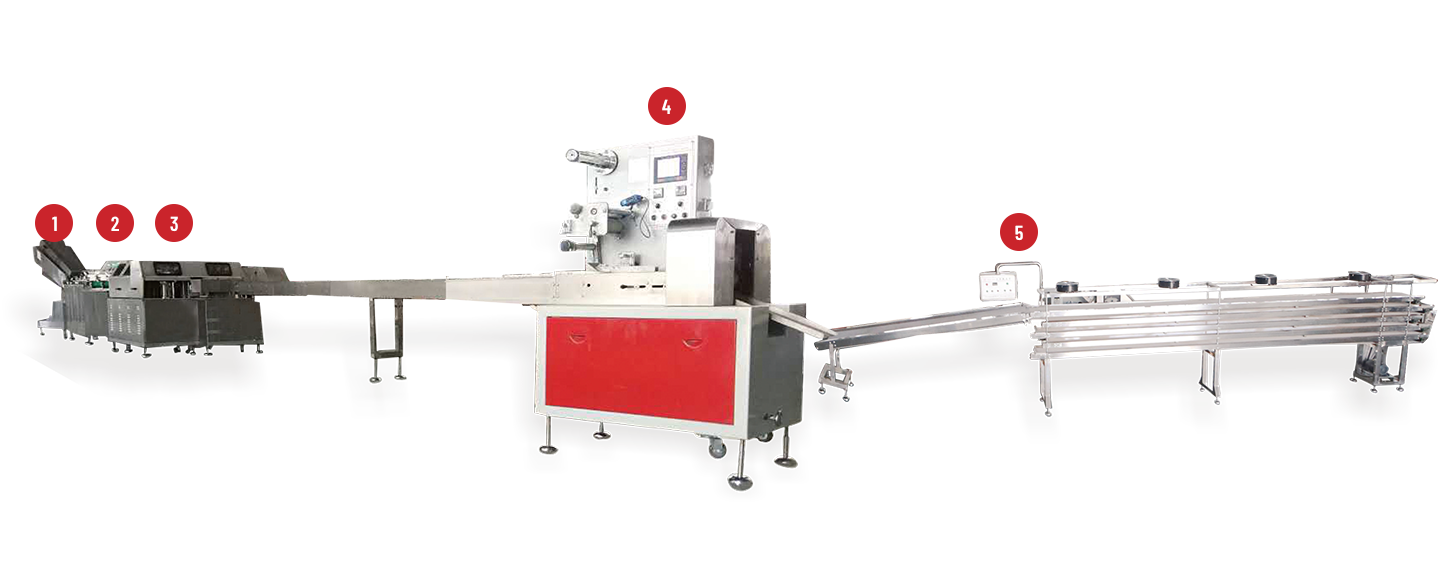
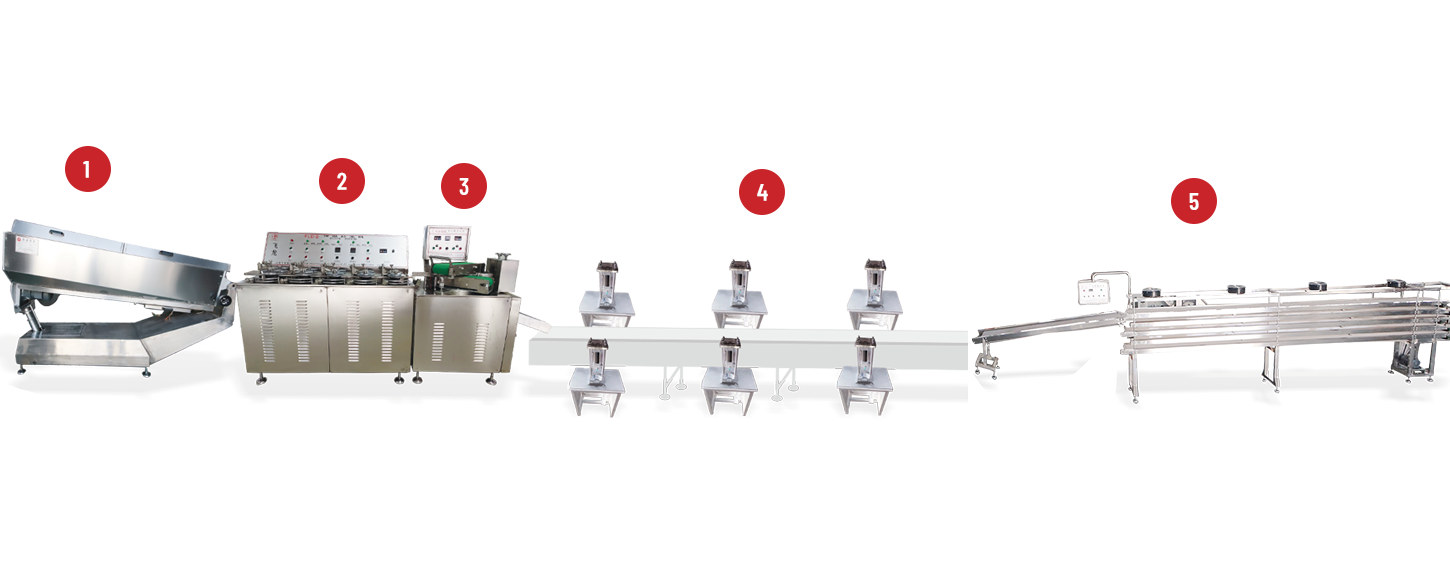
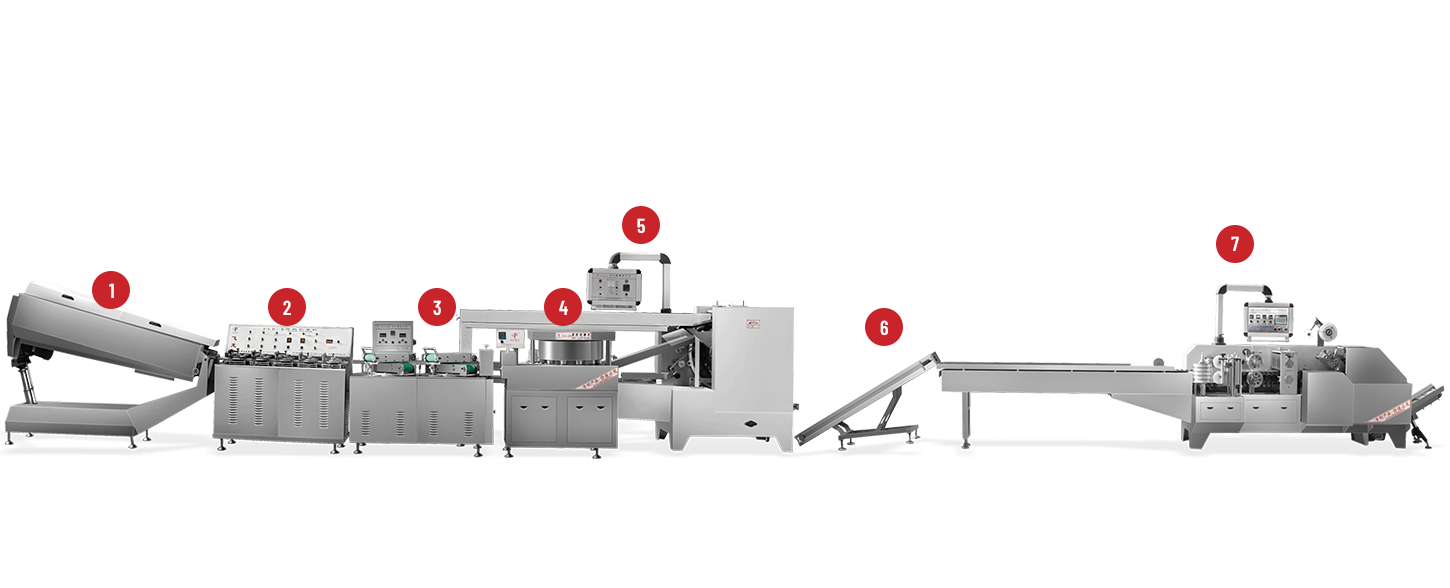
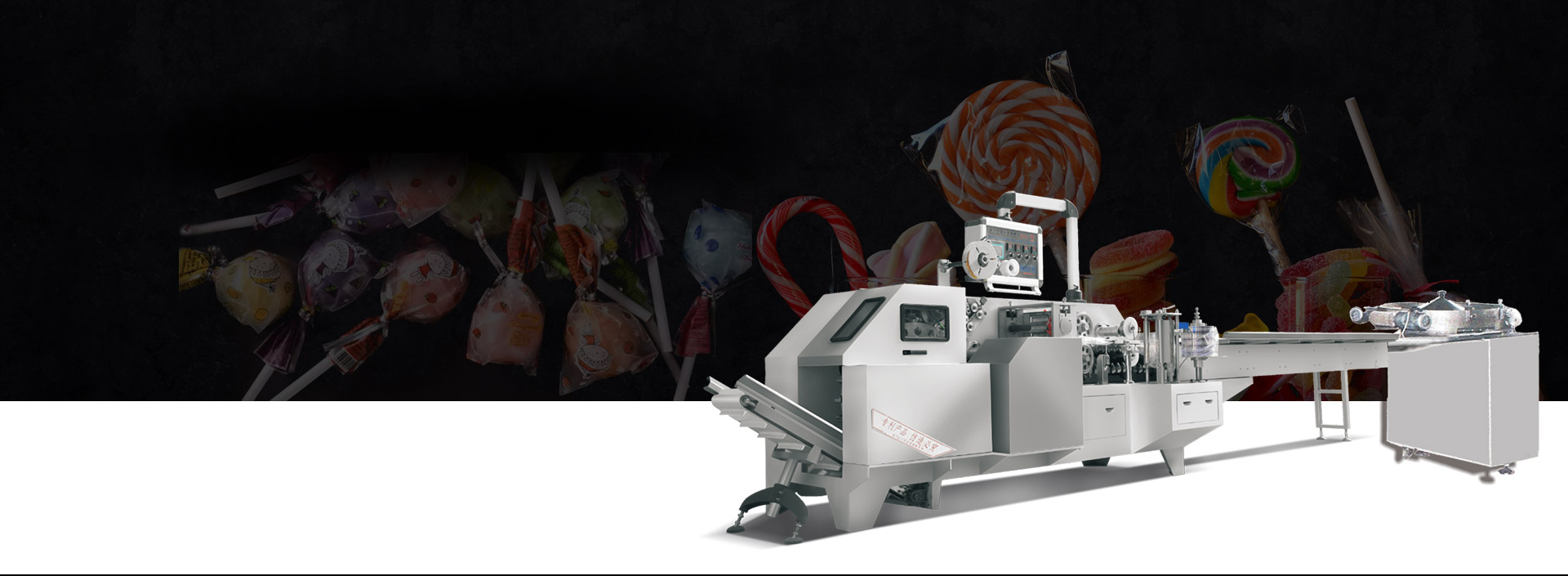
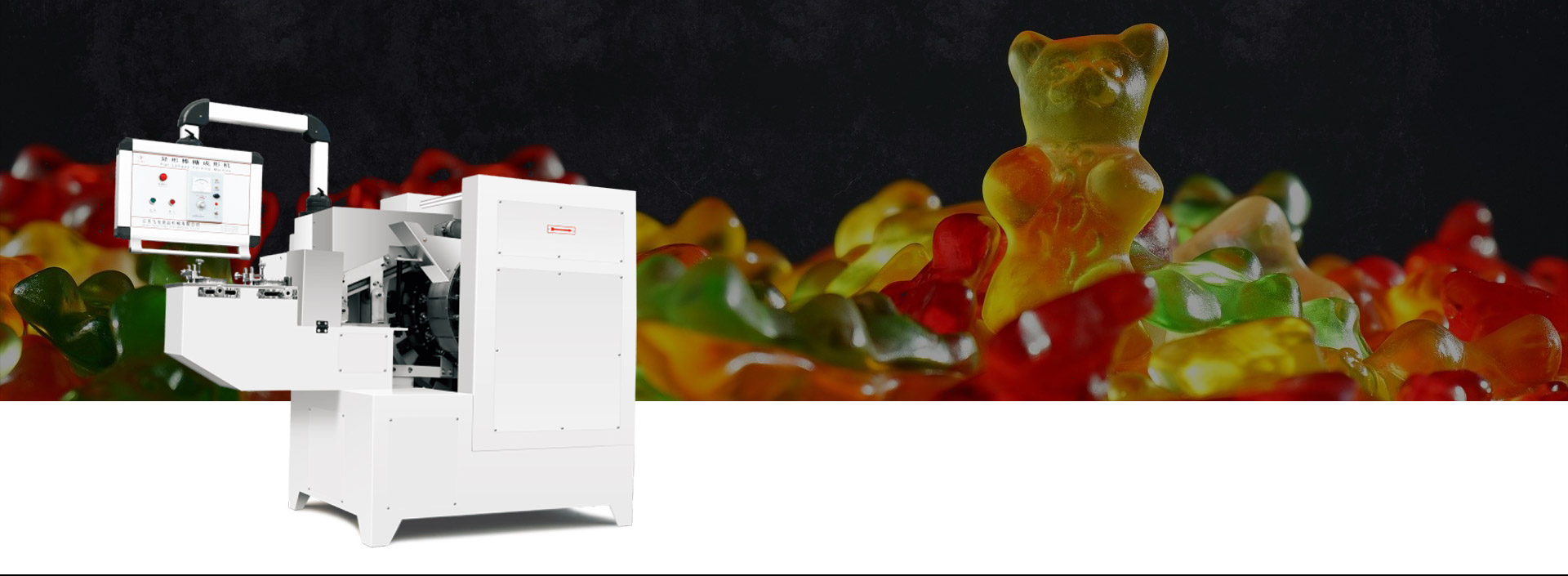
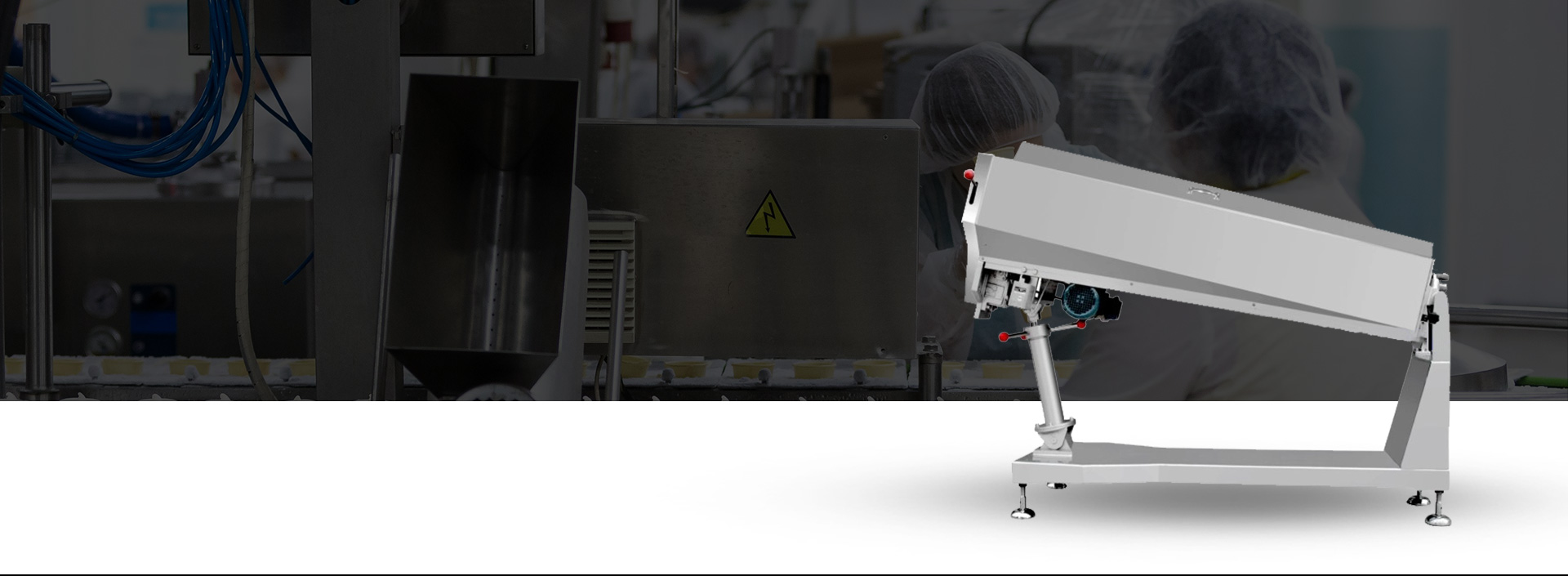
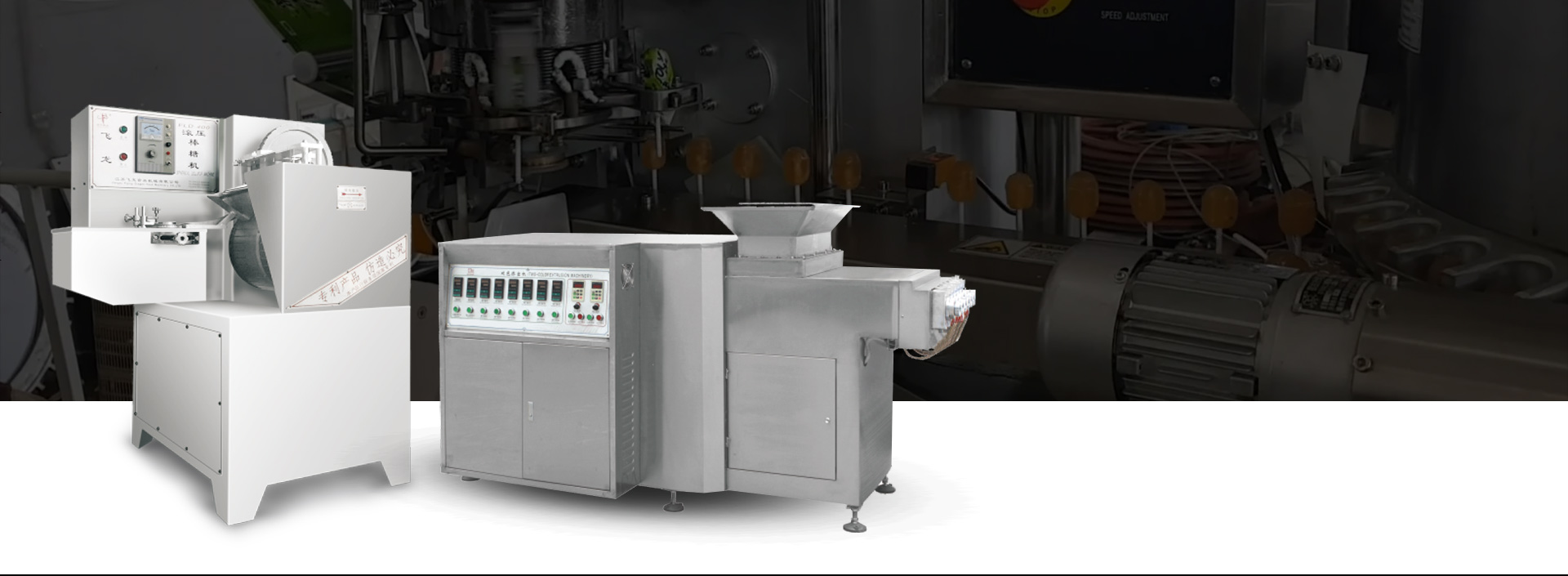
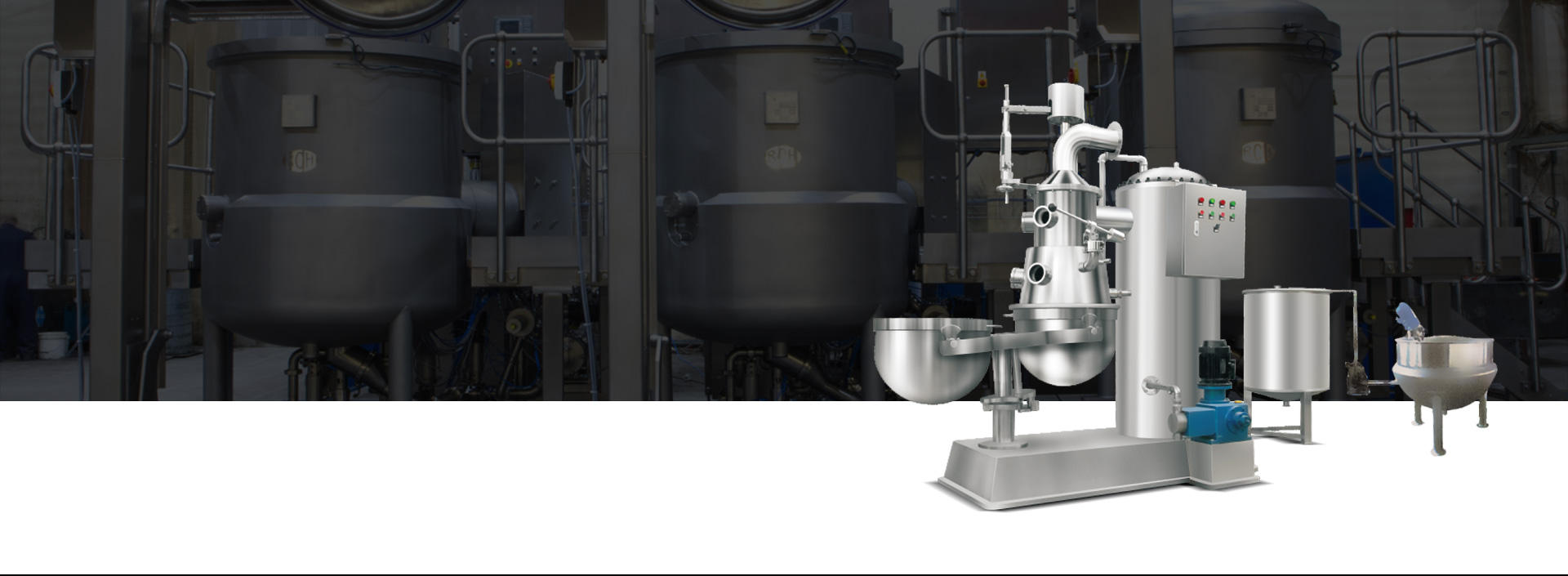

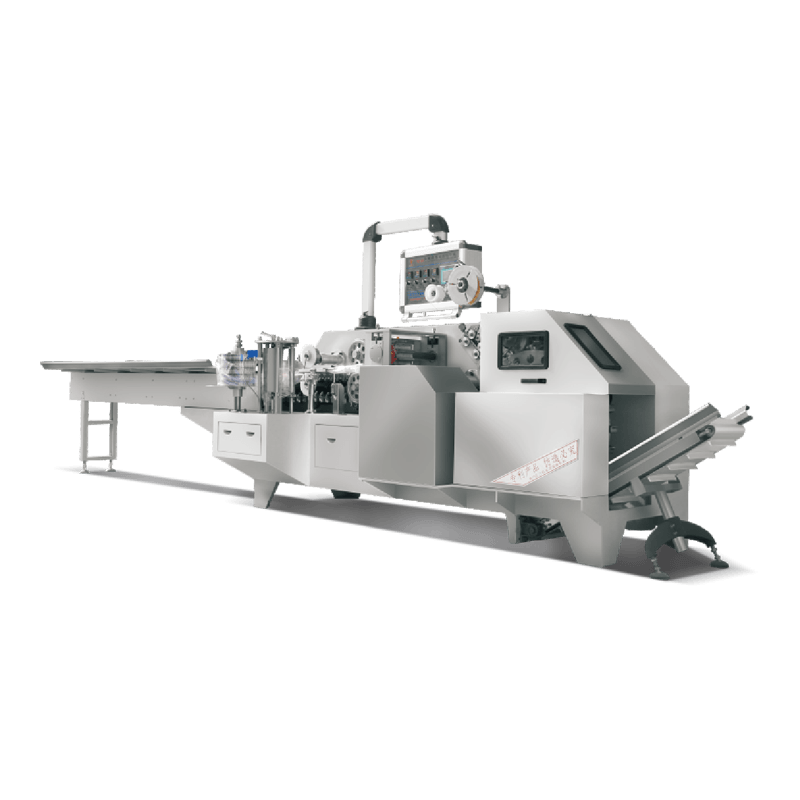
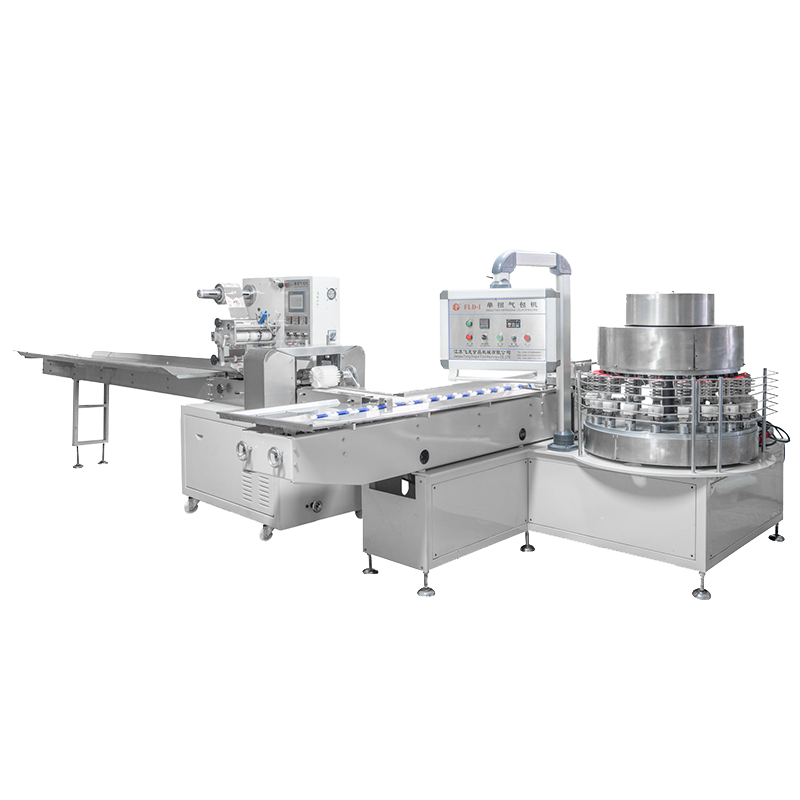
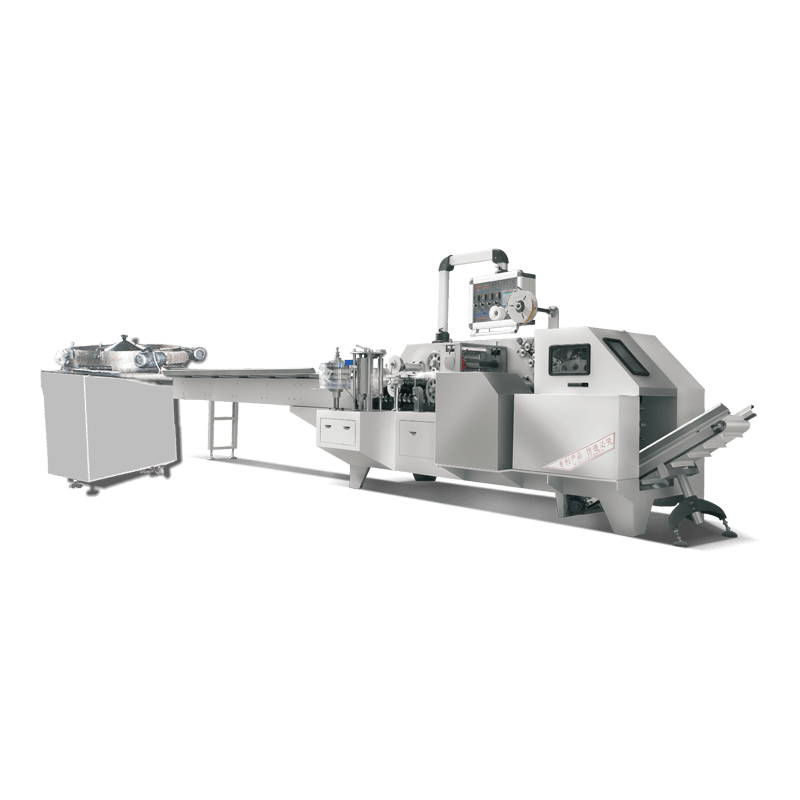
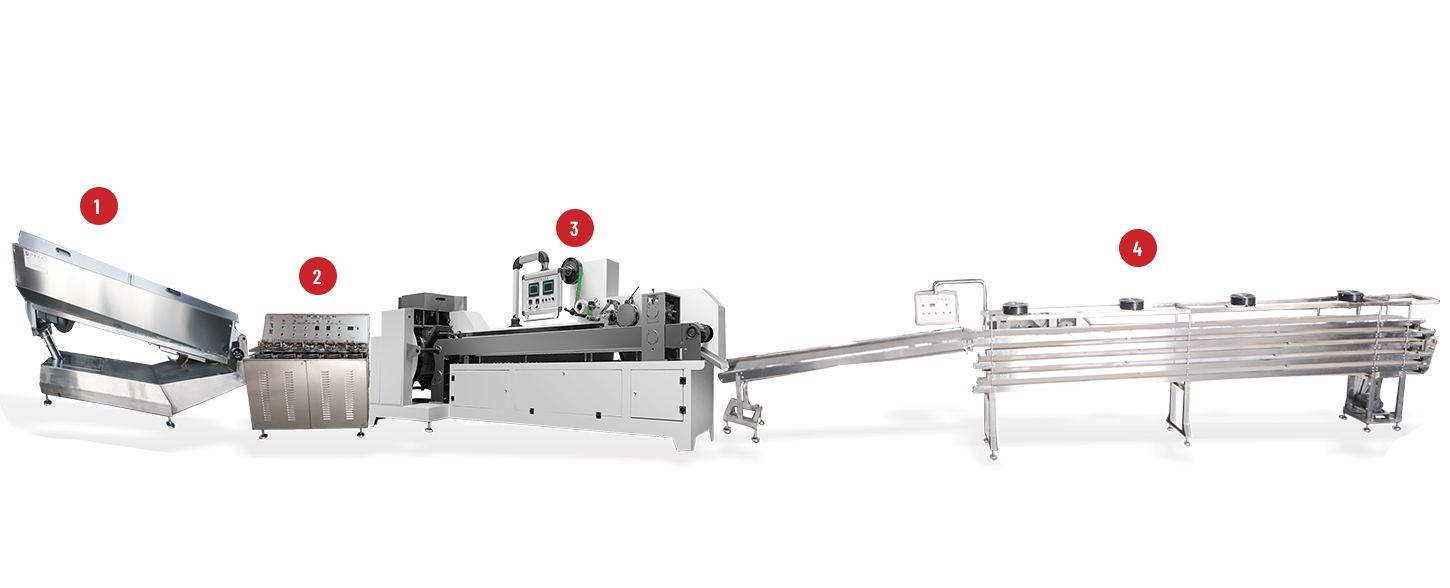
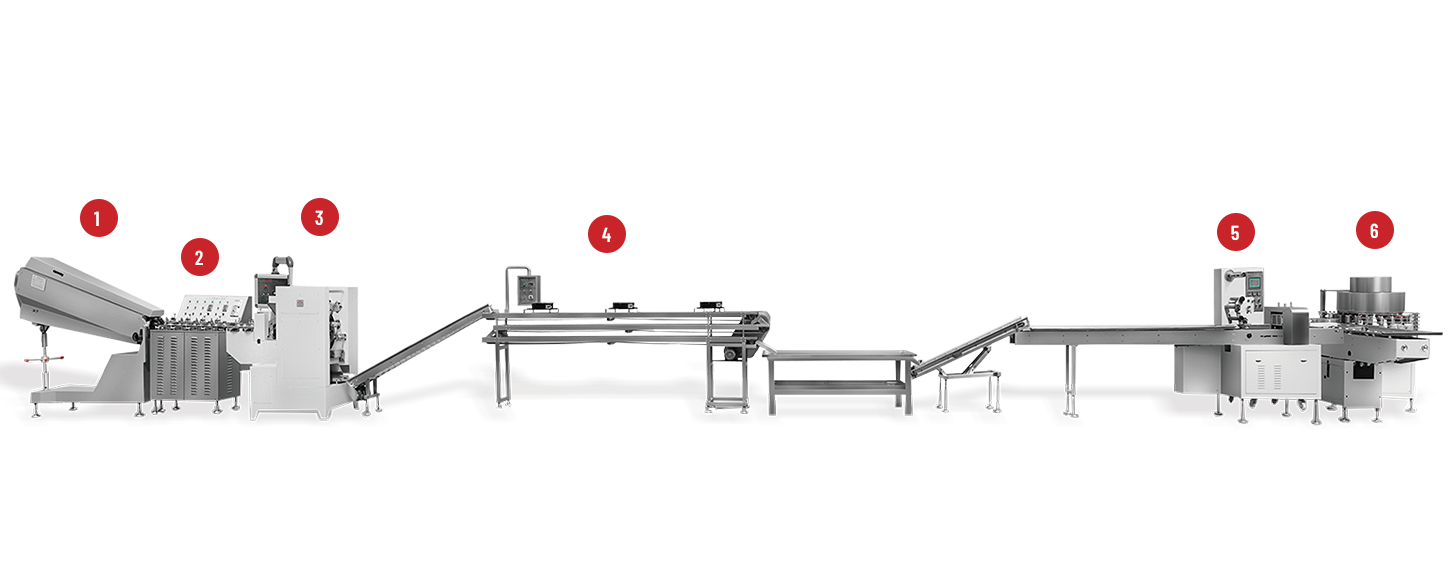
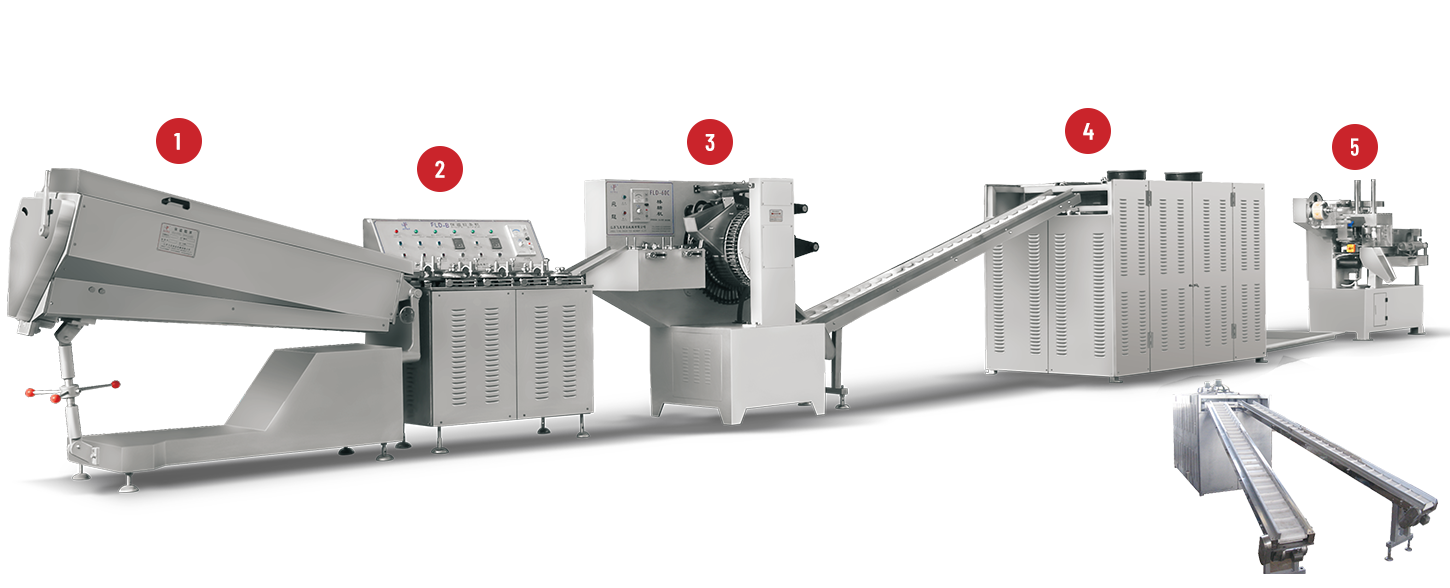
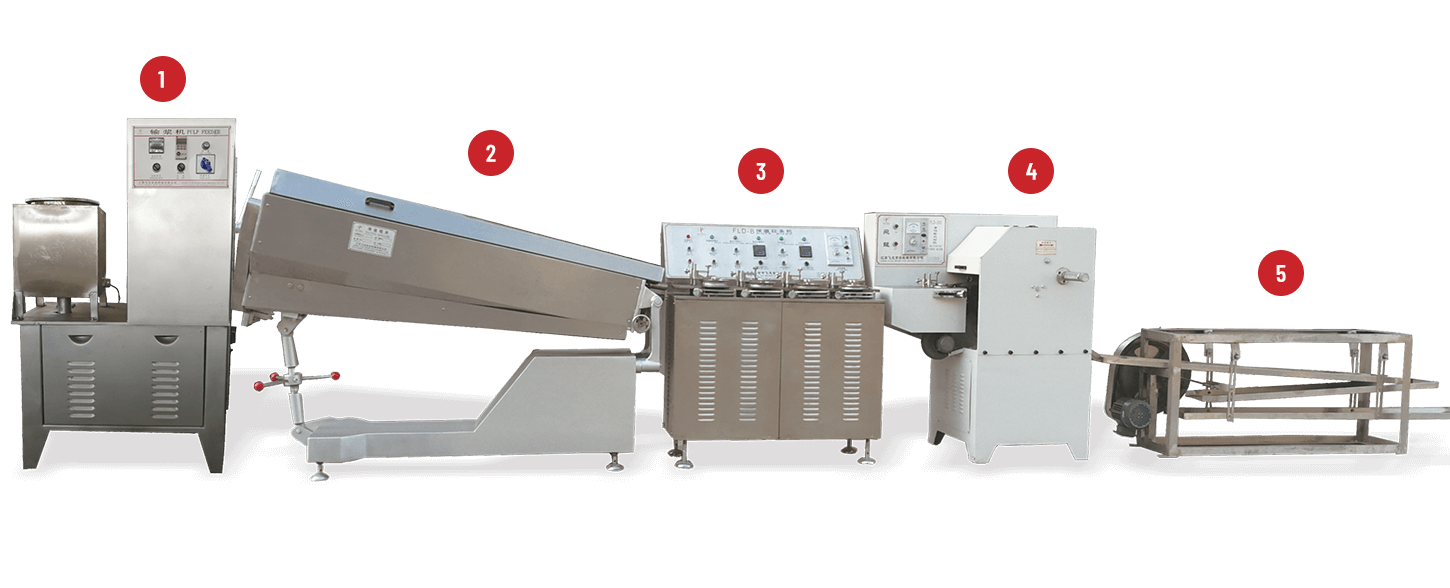
 +86-(0)515-8465666
+86-(0)515-8465666 +86-(0)515-85566996
+86-(0)515-85566996 +86-138 1559 9708
+86-138 1559 9708 flyloong@flyloongcn.com
flyloong@flyloongcn.com 
 Home
Home